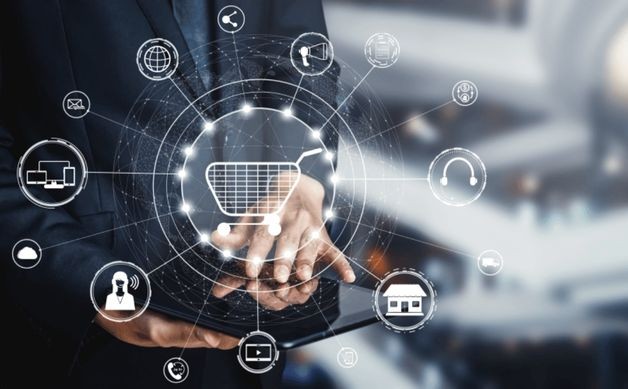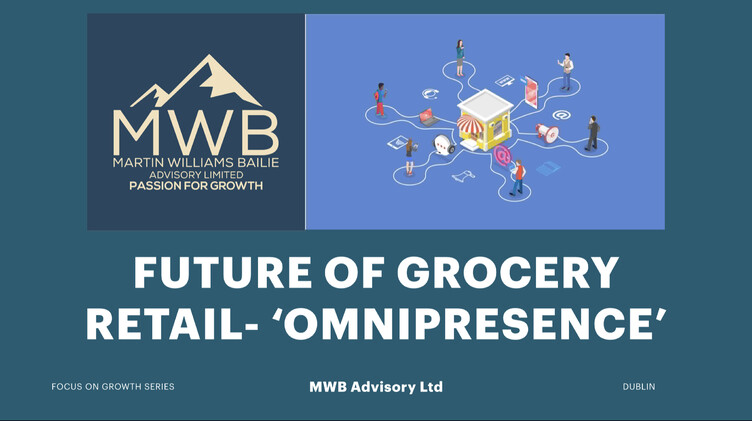
“Ultimately, the success of an omni-present model depends on the ability of retailers to understand their customers’ needs and provide a seamless and integrated experience across all touchpoints.”
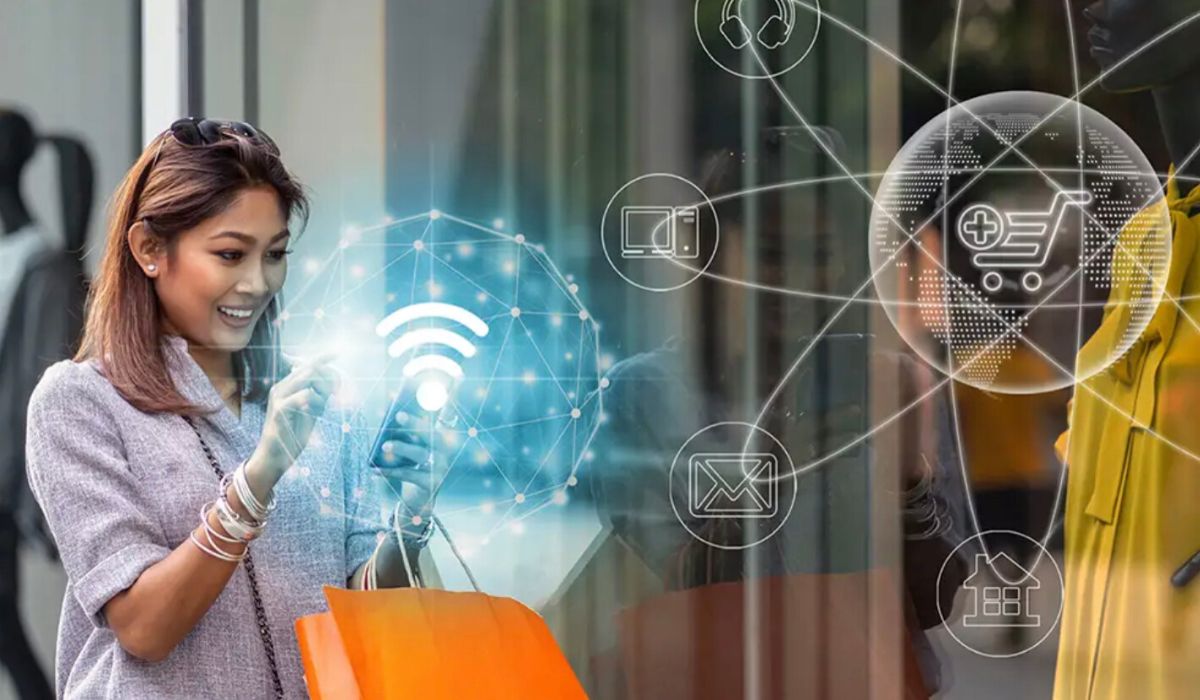
Moving from an omni-channel to an omni-present retail model requires a fundamental shift in the way retailers operate, from a focus on separate channels to a seamless, integrated customer experience across all touchpoints, both physical and digital. To achieve an omni-present model:
- Customer-Centric Approach: Retailers need to take a customer-centric approach by putting the customer at the centre of all your operations & behaviours. You need to understand the customer journey across all touchpoints and deliver a consistent and personalised experience.
- Integration of Physical and Digital Channels: Retailers need to integrate their physical and digital channels to provide customers with a seamless experience. This includes using technologies like mobile apps, augmented reality, and RFID to connect the physical and digital worlds. ‘Phygital Retail’ i have shared previously in the‘Focus on Growth’ Series.
- Real-Time Inventory Management: Retailers need to have real-time visibility of inventory across all channels and locations to ensure that products are available when and where customers want them.
- Smart Supply Chain: as articulated previously in ‘Focus on Growth’ Series, Retailers need to have a Smart supply chain that can respond quickly to changes in demand and customer behaviour. This requires the use of technologies like AI and machine learning to forecast demand and optimise inventory levels.
- Data-Driven Marketing: Retailers need to use data to understand customer behaviour and preferences and use this information to HYPER-personalise marketing campaigns and promotions. New Gens expect this as a norm!
The benefits of an omni-present retail model are there to be seen:
- Increased Customer Loyalty: Providing a seamless and personalised customer experience across all channels can increase customer loyalty and retention. This is todays race and tomorrow’s biggest lever of success, ‘loyalty’.
- Increased Sales: Offering customers multiple touchpoints to purchase products can increase sales and revenue.
- Improved Operational Efficiency: Integrating physical and digital channels can improve operational efficiency by streamlining processes and reducing costs.
- Competitive Advantage: An omni-present model can provide a competitive advantage by offering customers a unique and differentiated experience. Like our Nike Store, Oxford Street, London.
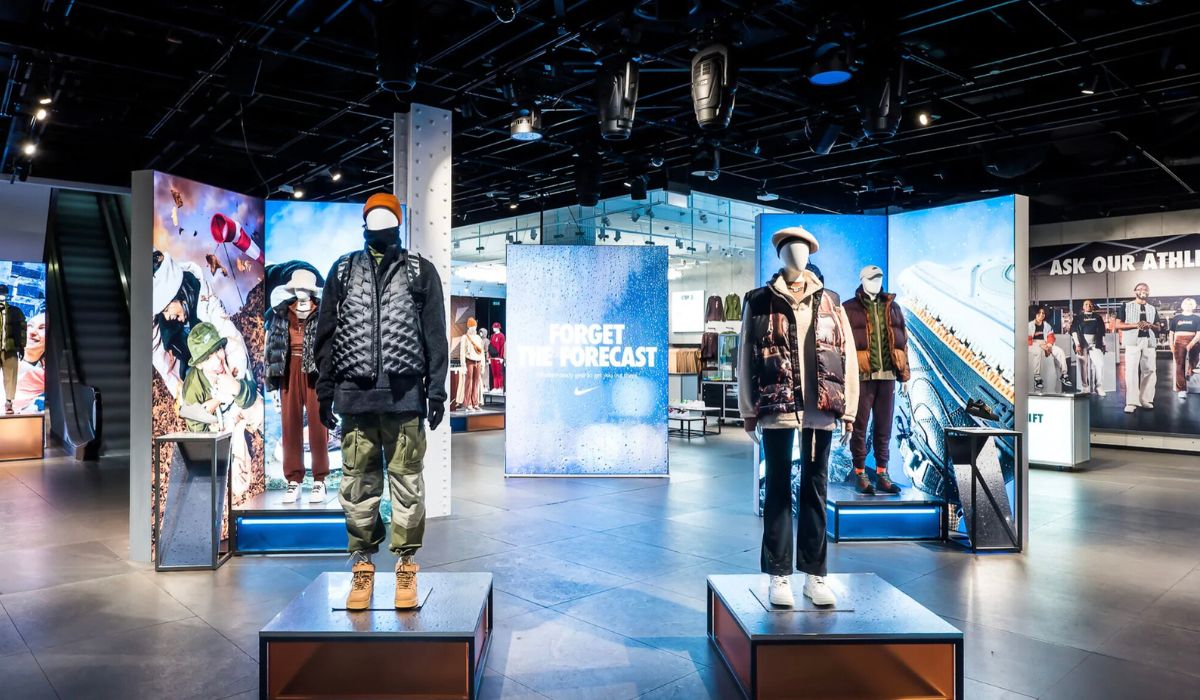
To introduce the necessary technology, you will need to invest in solutions like point-of-sale systems, inventory management software, customer relationship management (CRM) systems, digital marketing tools, and analytics platforms. They may also need to adopt emerging technologies like AI, machine learning, and blockchain to improve operational efficiency and enhance the customer experience.
While moving to an omni-present retail model has many potential benefits, there are also potential challenges that retailers will face:
- Infrastructure: Moving to an omni-present model requires a robust infrastructure to support the integration of physical and digital channels. You will need to invest proactively in new technologies and systems to support this infrastructure, which can be costly and time-consuming.
- Data Management: Retailers need to have a robust data management strategy to collect, store, and analyse customer data across all touchpoints. This requires strong data governance and security protocols to ensure that customer data is protected. This remains top priority with any CEO!
- Organisational Structure: Retailers need to have a flexible organisational structure that can adapt to changes in the retail landscape. This may require a change in the way teams are organised and how they work together. It’s the agility factor in a ‘re-org’ that has been happening since 2020, globally.
- Cultural Change: Moving to an omni-present model requires a cultural shift within the organisation to prioritise the customer experience and adopt a customer-centric mindset. After all, any successful transformation is actually sustainable culture transformation!
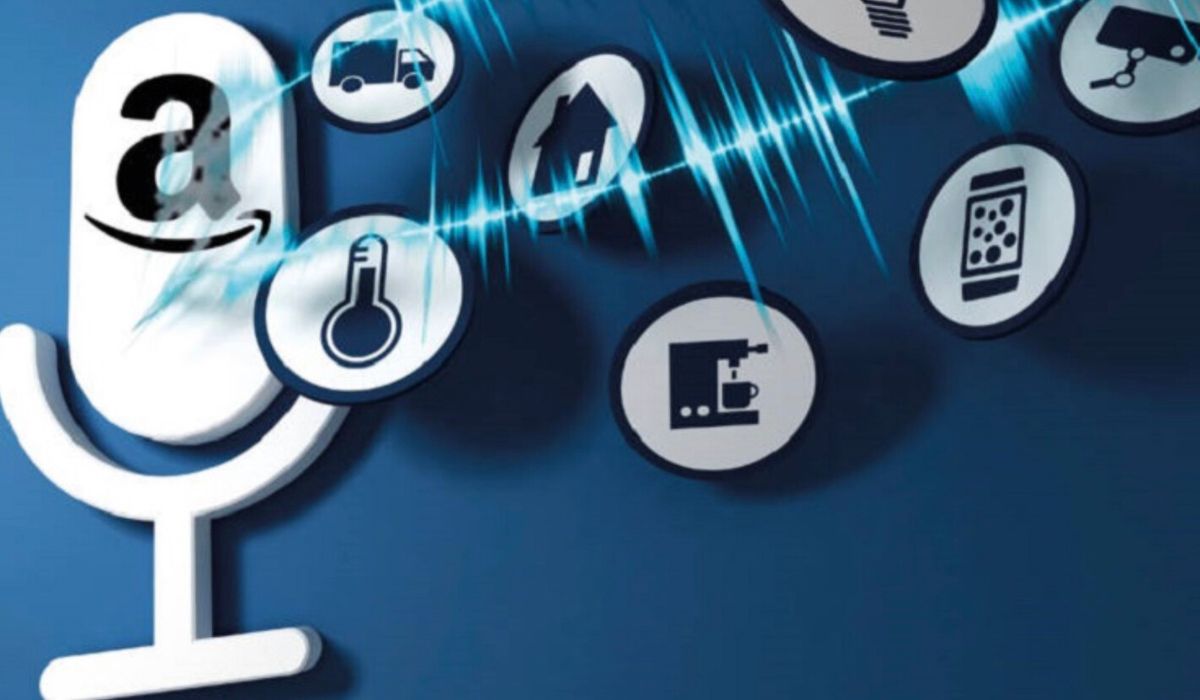
Four big retail brands, that are pioneering as leading examples of successful omni-present models:
- Amazon: Amazon has been at the forefront of the omni-present retail model with its integrated approach to online and offline retail. Amazon has invested heavily in technology and logistics infrastructure to provide a seamless customer experience across all touchpoints. Physical retail presence remains a strategy necessity for Amazon. Tony Hoggett & his team will ensure that success, I’m sure.
- Nike: Nike has embraced the omni-present retail model by creating a seamless experience for customers across its physical stores, mobile apps, and website. Nike’s mobile app allows customers to access exclusive content and offers, while its physical stores provide a personalised and immersive experience.
- Sephora: Sephora has created an omni-present experience by integrating its physical stores, mobile app, and website. Sephora’s mobile app allows customers to scan products in-store and access personalised recommendations, while its physical stores provide a personalised and immersive experience.
- Walmart: Walmart has embraced the omni-present retail model by integrating its physical stores, online store, and mobile app. Walmart’s mobile app allows customers to shop online, access exclusive offers, and pick up their purchases in-store.
These brands have invested heavily in technology and infrastructure to create a single view of the customer and provide a consistent experience, whether the customer is shopping online, in-store, or on their mobile device. By doing so, they have been able to build customer loyalty, increase sales, and gain a competitive advantage. After all that’s retail!!!
